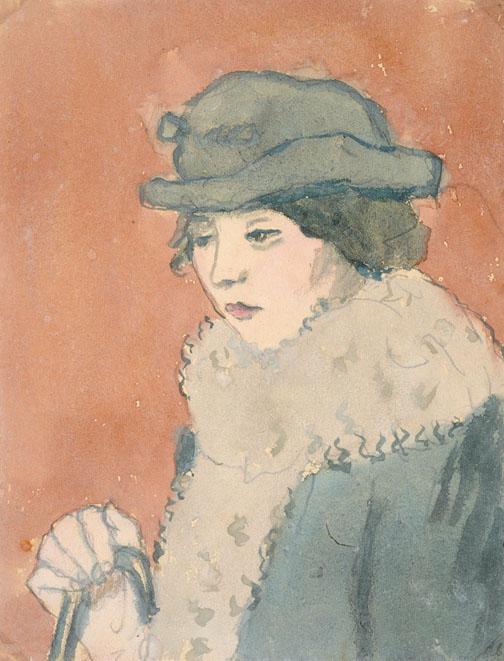FOUND: Twenty-three watercolors by Gwen John, a British painter who died in 1939 and was the muse of sculptor Auguste Rodin.
WHEN: In November 2010 by a visiting scholar in the papers of poet Arthur Symons, which were donated to the Princeton University Library in 1951.
IN THE FALL OF 2010, a professor from England came to Princeton to do research on 19th-century Art Nouveau illustrator Aubrey Beardsley. In the Department of Rare Books and Special Collections at Firestone Library, Anna Gruetzner Robins asked to see several boxes of the papers of English poet and critic Arthur Symons, who was a fan of Beardsley’s work. There were some 30 boxes of Symons’ papers, which were donated to the library in 1951.
In a box marked “unidentified paintings,” Gruetzner Robins came upon two hand-sewn albums filled with watercolors and immediately recognized them as the work of Gwen John, a highly regarded British painter who was once the muse of sculptor Auguste Rodin.
The 23 watercolors — which have an estimated value of approximately $700,000, according to Gruetzner Robins — were a striking example of the unknown treasures researchers have found among the library’s holdings.
About 2,000 linear feet of donated and purchased material — including Symons’ papers — never have been thoroughly cataloged, says Don Skemer, Firestone’s curator of manuscripts. Much of the material was received in the late 19th century through the 1970s, when the department’s tiny staff had little time to do cataloging. Symons’ papers alone take up 14 linear feet.
Today, five catalogers spend most of their time on new donations, and are able to review just a few hundred linear feet of older material a year, according to Skemer. Still, discoveries are made.
“We find all kinds of things,” he says. “It makes the job interesting.”
Past discoveries include one of the last letters Ernest Hemingway wrote, a five-page meditation on potential titles and the prospects for publishing his “Paris book,” issued posthumously as A Moveable Feast. The letter never was mailed, and Hemingway took his own life almost three months later. A student worker found the letter in the 1990s in the papers of Charles Scribner’s Sons, Hemingway’s publisher, which are at Firestone.
Two years ago, a library cataloger found a rare, handwritten copy of the U.S. Constitution’s 13th Amendment, which abolished slavery. One of about a dozen souvenir copies that were produced in 1864 or 1865, the document was signed by Abraham Lincoln a few months before he was assassinated. It was discovered in a large miscellaneous collection called “General Manuscripts, Oversized.” “It had been there, unnoticed, since the 1960s,” Skemer says.
It is visiting researchers such as Gruetzner Robins who are often the ones that stumble on hidden treasures. Finding the watercolors was “thrilling,” she says. “It seemed so extraordinary that they could have been in the library for such a long time.”
Jennifer Altmann is an associate editor at PAW.
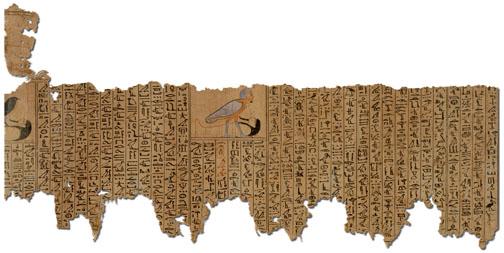
FOUND: Five Egyptian funerary texts, written on rolls of papyrus, dating from the time of the Pharaohs.
WHEN: In 1991 by curator Don Skemer. They were stored in tin boxes that probably were made in Egypt in the 1920s and tucked away in two drawers.
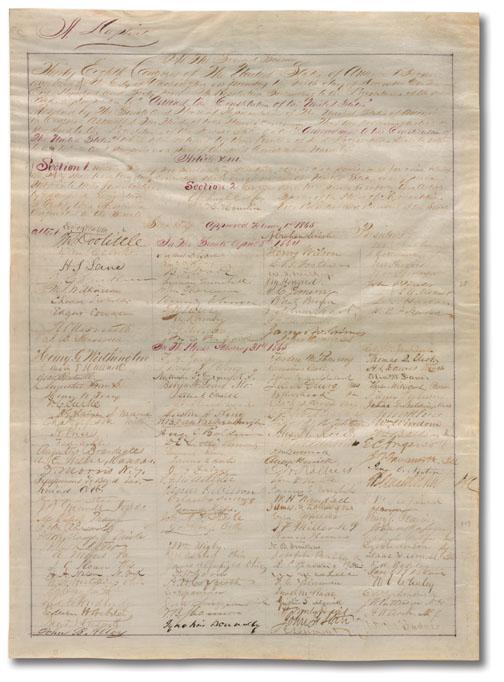
FOUND: A rare souvenir copy of the 13th Amendment to the Constitution, which upon ratification abolished slavery in the United States. Produced in 1864 or 1865, the copy was signed by Abraham Lincoln shortly before he was assassinated.
WHEN: Two years ago by a library cataloger in a large miscellaneous collection called “General Manuscripts, Oversized.”
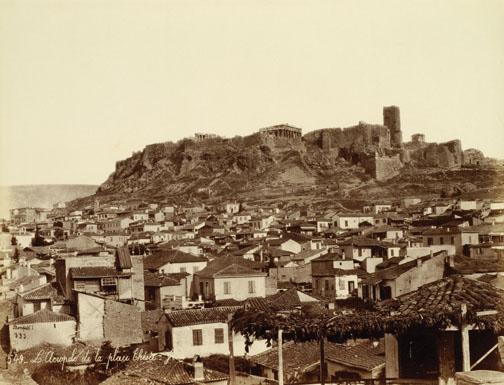
FOUND: 800 sepia-tone prints of ancient monuments and Biblical sites in the Mediterranean, taken by renowned French photographer Félix Bonfils in the 1860s, 1870s, and 1880s.
WHEN: In the early 1990s by a visiting researcher in the papers of Rudolph Brünnow, a Princeton professor of philology who died in 1917.
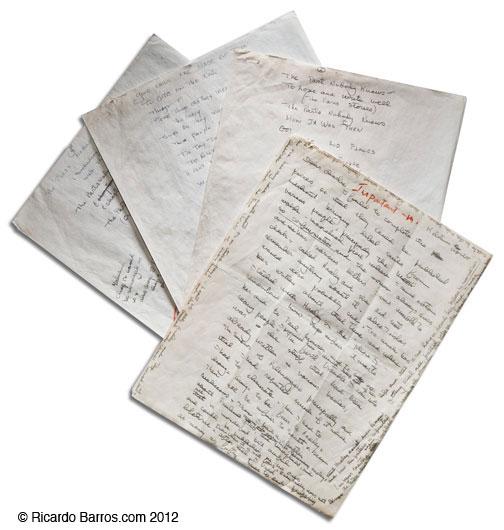
FOUND: One of the last letters written by Ernest Hemingway, dated April 18. The 1961 letter was never mailed, and Hemingway took his own life July 2.
WHEN: In the 1990s by a student worker in the archives of Charles Scribner’s Sons, Hemingway’s publisher.

